Top page > Geology and Geobiology Group
Outline of Research
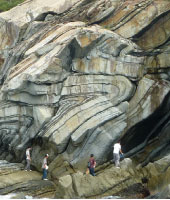
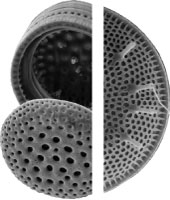
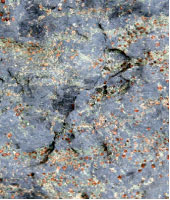
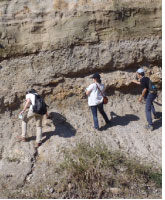
Our research activities can be divided into two broad themes.
1) Crust-mantle interaction in particular their tectonic evolution using information derived from studies of sedimentation, metamorphism, cycling of material in the deep Earth, and geochronology.
2) The use of paleotological, sedimentological, geochemical, molecular phylogenetic analyses to understand the interaction between the evolution
of the biosphere and the global environment.
Laboratory of Geobiology
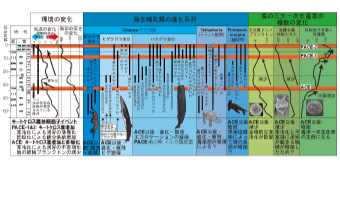
Biological Co-evolution and Environmental Changes
The primary target of my research is to clarify the evolution of marine plankton, with special focus on diatoms, and determine the timing of their first and last occurrences in different oceanic domains. This information can help to further establish their use as biostratigraphic tools for both geological and paleoenvironmental studies. The diatoms are important marine primary producers and production rates of resting spores produced by the genus are closely linked to upwelling conditions. Therefore, studies of fossil Chaetoceros resting spores provide important information on the changes that have taken place in the oceanic environment. Our studies have revealed several key events at 33.7, 8.5 and 2.5 million years ago. At these times there was not only an increase in the diversification and abundance of primary producers (diatoms ) and seaweeds but there was also a rapid Chaetocerosincluding evolution of both the zooplankton and larger predators such as copepods and marine mammals, which fed off the phytoplankton and plants. The recent focus and motivation for my research is to improve our understanding of the detailed processes that link ecosytems with environemntal changes on both the global and local scales.
http://www.geocities.jp/restingspace2/
Petrology and Mineralogy
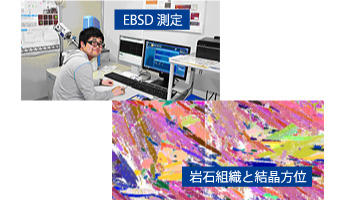
Metamorphism and Tectonics
Rocks contain information about where and how they were formed. Studying this earth material is one of the few ways we have to investigate the inside of the Earth. My work blends a range of techniques from the fields of structural geology, petrology, geochronology and thermal modelling to develop our understanding of the crust and upper mantle. In my laboratory I emphasize the importance of obtaining primary data from field and laboratory observations of natural materials. Recent field areas areas include, southwest Japan, Tibet and the Himalayas, South America, and northern England.
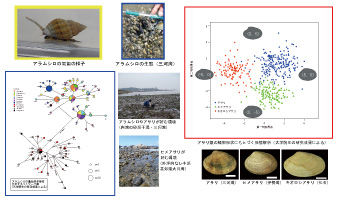
Molluscan Diversity and Phylogen
Even in very common organisms, close observation of many individuals will show there are large variations.
There variations come from differences in ontogenetic stages, genders, genetic properties, and phenotype pasticities.
In this research group, we employ a range of paleontological, genetical and ecological approaches to identify and evaluate processes that have given rise to these diversities.
Sedimentation and Tectonics
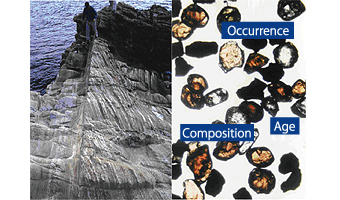
Provenance analysis with detritus
How does sedimentation reflect orogenesis over the past 460 million years? I aim to answer this question using provenance studies and structural analyses.My field areas for research include Japan, Australia and Mongolia.Studies in these areas contribute to our understanding of island arcs, the early Earth and processes of continental amalgamation.Clastic grains provide information about the source area for rocks.I try to decode this information and reconstruct the original source regions.Changes in time and geographical region help reveal the nature of past crustal movements.

















